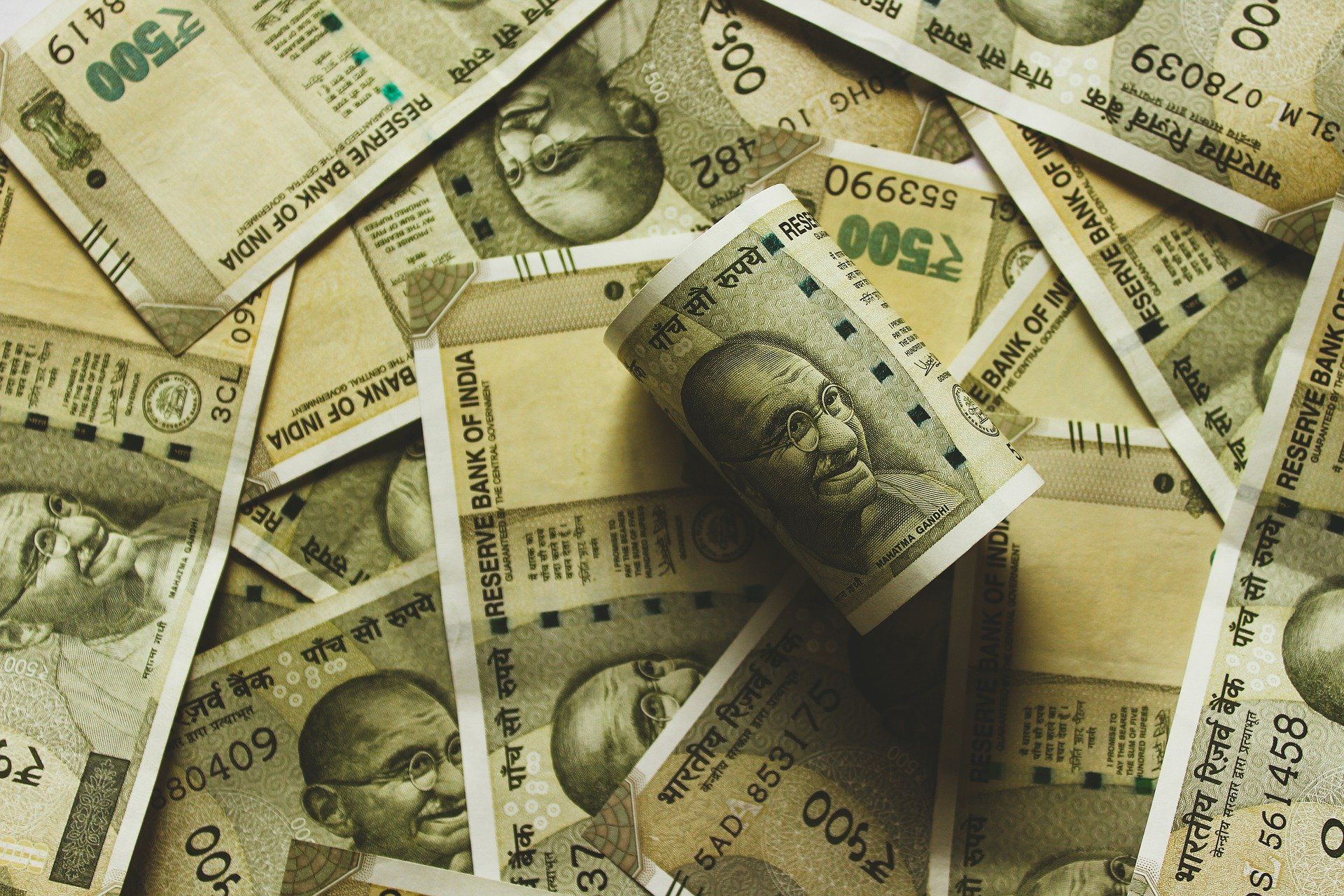The Indian rupee has been falling to all-time lows for many days now. Investors have become increasingly risk-averse in expectation of rapid rate rises by the US Fed, which might plunge the economy into a recession.
As investors seek safe havens such as the US dollar, riskier assets such as the Indian rupee have suffered.
The latest inflation figure for the US came in at 9.1%, a 40-year high, further entrenching recession fears.
Also Read | GST rate hike: List of items that will become more expensive from July 18
Likely stagflation in the world’s largest importing economy is anticipated to have global ramifications—the United States is not the only major economy experiencing acute stress.
Europe and the United Kingdom are in the same position, with decades of rising inflation and sluggish growth. China’s economy is likewise faltering as a result of its frequent lockdown measures. As a result, most Indian exporters are expected to see a downturn in demand.
Also Read | Tata Elxsi share rises nearly 3% as net profit jumps 62.9% YoY in Q1
Imports become more expensive when the rupee falls in value. When combined with high crude prices, this means disaster for the Indian economy, which imports almost 85% of its oil.
Despite recent moderation, commodity import costs are expected to grow. As landed crude and commodity prices rise, shipping and logistics become more expensive, causing a jump in broad-based inflation.
Also Read | Asian stocks plummet, dollar strengthens as growth outlook dims
This is a severe worry, given that inflation in India has been considerably above the RBI’s targeted range of 2%-6% for the past six months.
The fledgling demand recovery that has been observed since the pandemic is already causing producers to struggle with passing along increased input prices to consumers. Given the current state of uncertainty, any more pass-through of higher costs will harm demand. However, limited cost pass-through would squeeze producers’ already thin profits.
Also Read | US inflation rate at a 40-year high | A timeline: 1930-2022
A rapid rupee decline is usually accompanied by global risk aversion, which leads to capital outflows. And capital withdrawals frequently result in stock market declines in India.
This explains why periods of significant rupee depreciation have traditionally corresponded with stock market declines.
Regardless of how difficult the times are, consumption of basics is expected to stay stable. The same cannot be true for industries that rely on the discretionary expenditure of any type, such as consumer durables, aviation, and hospitality.
Also Read | How Elon Musk’s trigger-happy Twitter ways land him in more boil
As a result, in risk-averse times like these, investors rush to “safe” investing paths. Defensive equities, as a result, tend to outperform. This is already apparent in Nifty FMCG’s performance.
Since the end of May, when the rupee fell from 72 to roughly 80, Nifty FMCG has gained 6%, beating the wider Nifty 50, which fell by 4% during the same period.
Also Read | Explained: Why has RBI allowed international trade settlement in Rupee
Export-focused discretionary sectors are anticipated to be impacted the hardest when global economies reduce discretionary expenditure in response to the crisis. This is because international demand will likely decline.
This is mirrored in the Nifty IT, which has corrected by more than 30% from its peak at the start of the year, compared to the Nifty 50’s modest correction of 12%.







